Chosen theme: Color Schemes for Small Minimalist Rooms. Step into a calm, clever world where fewer hues do more, light feels larger, and every shade serves serenity. Subscribe for weekly palettes, lighting tricks, and tiny-space color wins.
The Principles Behind Space-Expanding Palettes
01
The 60-30-10 Balance That Breathes
Start with a dominant neutral at sixty percent, a secondary supporting tone at thirty, and a courageous accent at ten. In small minimalist rooms, that final ten is tiny but powerful—pillows, art, or a single painted stool.
02
Light Reflectance Value: Let Walls Do the Work
Paints with higher Light Reflectance Value bounce more light, helping tight rooms feel airy. Choose warm whites in the seventies or eighties LRV to soften shadows, then introduce subtle mid-tones that define edges without closing the space.
03
Cognitive Calm: Why Fewer Colors Feel Bigger
The brain stitches similar hues into one visual field. Limit palette variety and you reduce cognitive switching, letting the eye glide. That smooth, uninterrupted reading translates into perceived spaciousness and a calmer, more minimalist mood.



Accents Without Clutter
Outline a doorway, shelf lip, or window mullion in a deeper tone from your base color. The thin line creates architectural crispness, guiding the eye subtly. It feels intentional, minimal, and far less intrusive than large accent walls.
Accents Without Clutter
Choose a base neutral and step one or two shades darker for cabinetry or a single chair. The relationship reads harmonious, adds depth in photos, and preserves the minimalist promise of calm continuity throughout your small retreat.
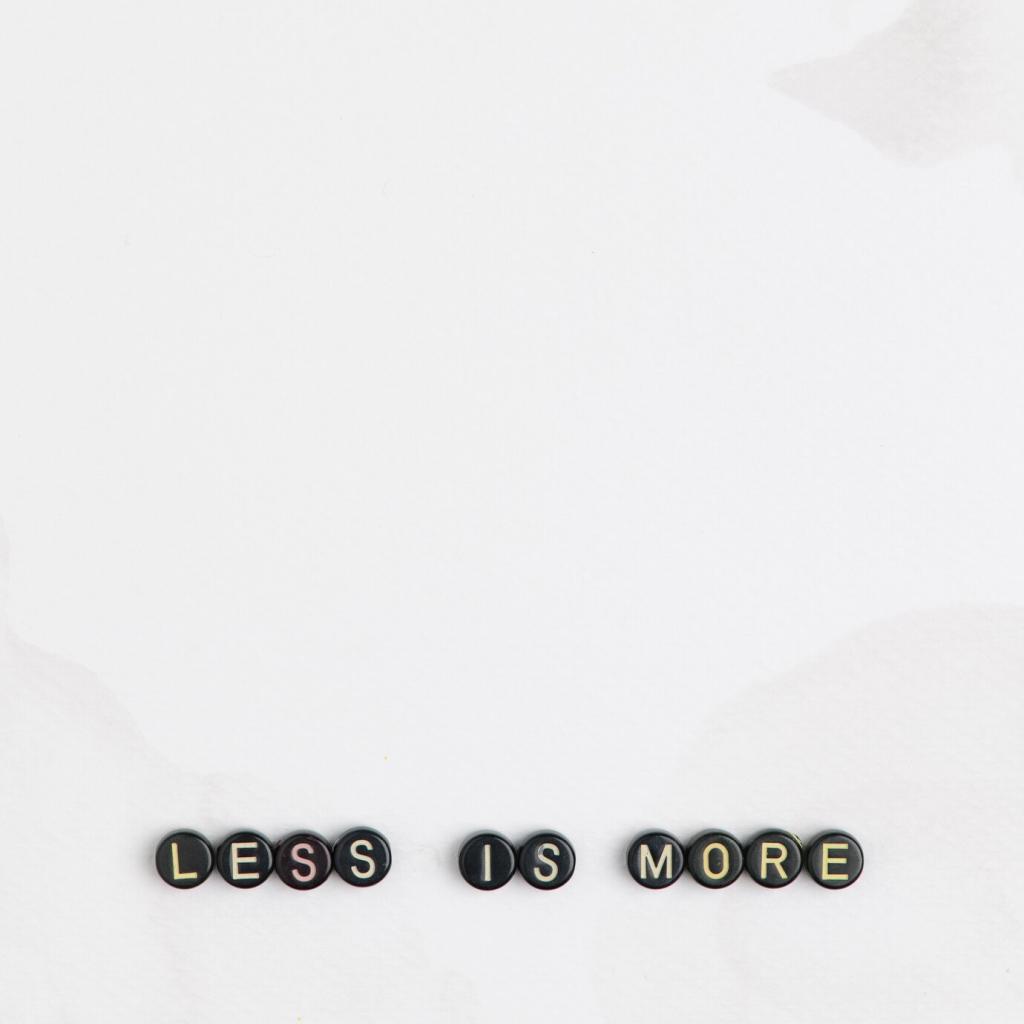
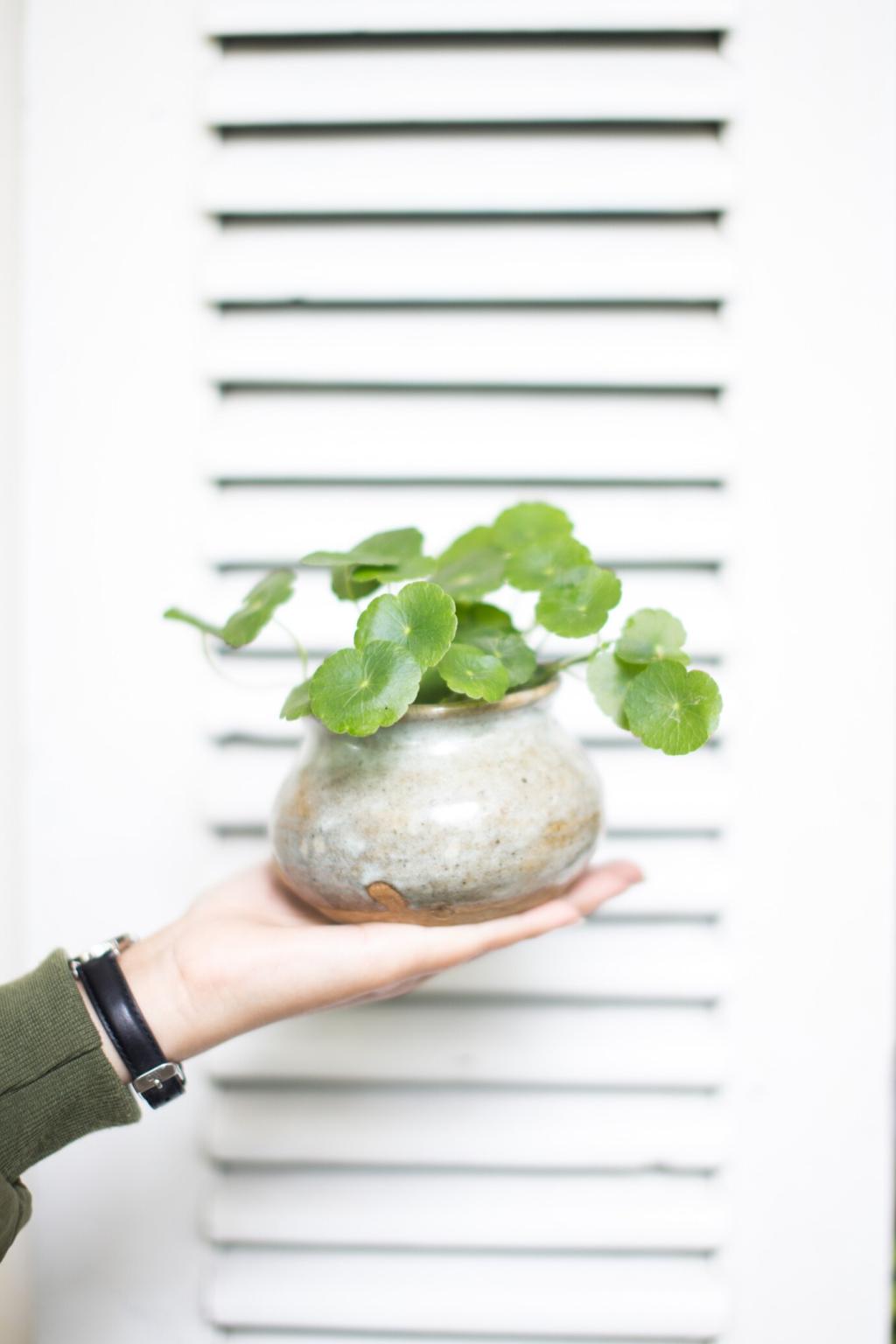
Real Tiny-Space Color Stories
We used a warm high-LRV white for walls, a greige sofa, and a clay pot accent on a floating shelf. When sunrise hit, the clay glowed softly, the white lifted shadows, and the entire studio felt suddenly spacious, calm, and personal.

Ready-to-Use Palette Recipes

Walls: warm soft white; Trim: creamy off-white; Accent: dusted sky blue on a single stool or throw. This palette feels airy without coldness, perfect for northwest exposures or rooms with little direct sunlight across most days.
Light First: Tuning Palettes to Illumination
Tape color samples to key walls and observe morning, noon, and evening. North light cools; west light warms. Rotate samples vertically to catch different angles. Choose the hue that stays calm and flattering through your room’s daily rhythm.
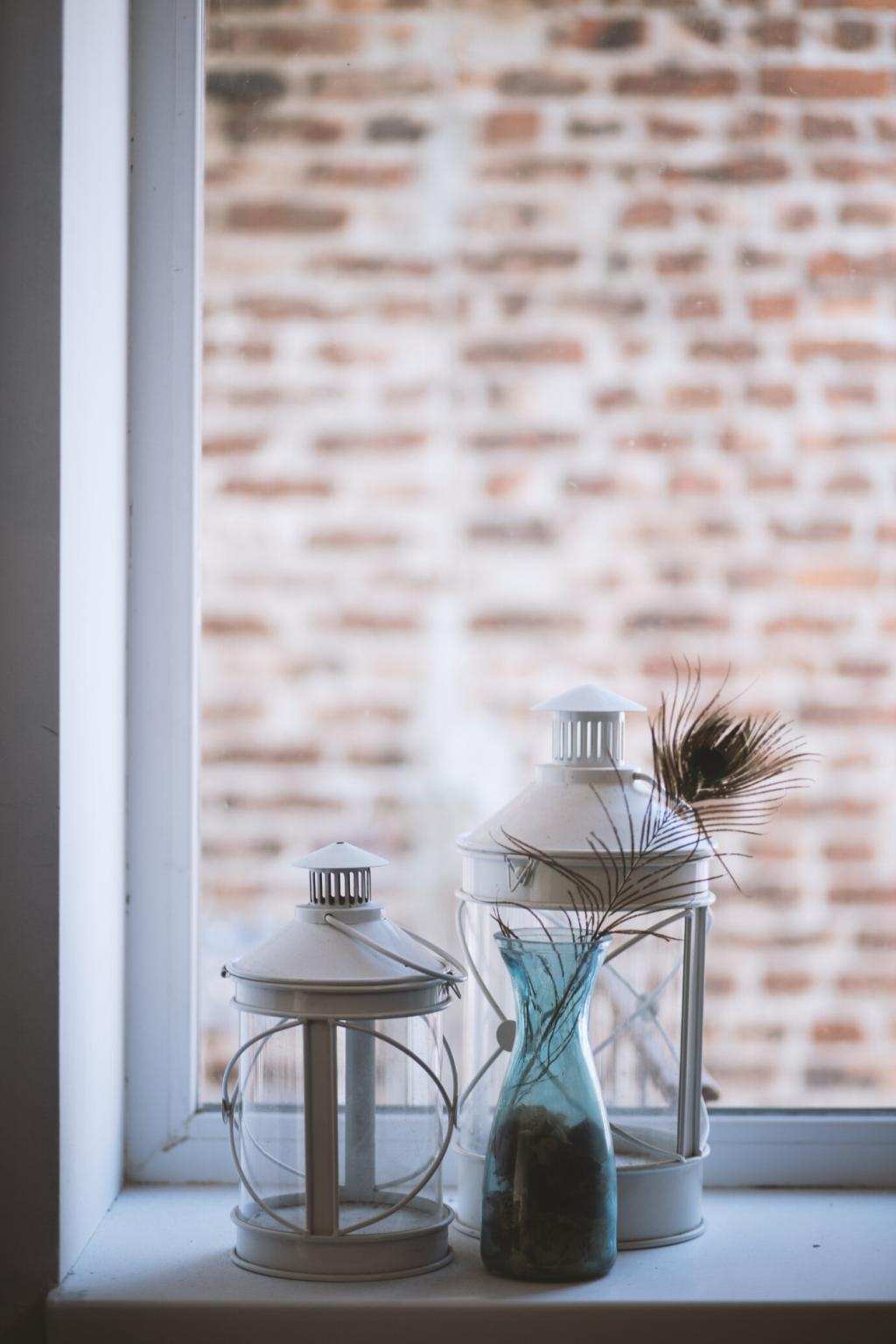
Light First: Tuning Palettes to Illumination
Pair warm dimmable bulbs for evening softness with neutral task lighting at the desk. Your palette remains coherent while activities shift. Lighting layers make compact minimalist rooms adaptable, cozy, and high-performing without adding visual clutter.

Paint large poster boards instead of walls. Move them behind the sofa, beside the window, and near the floor. You’ll see undertones in context, saving time, effort, and touch-ups in a small footprint where every inch counts.
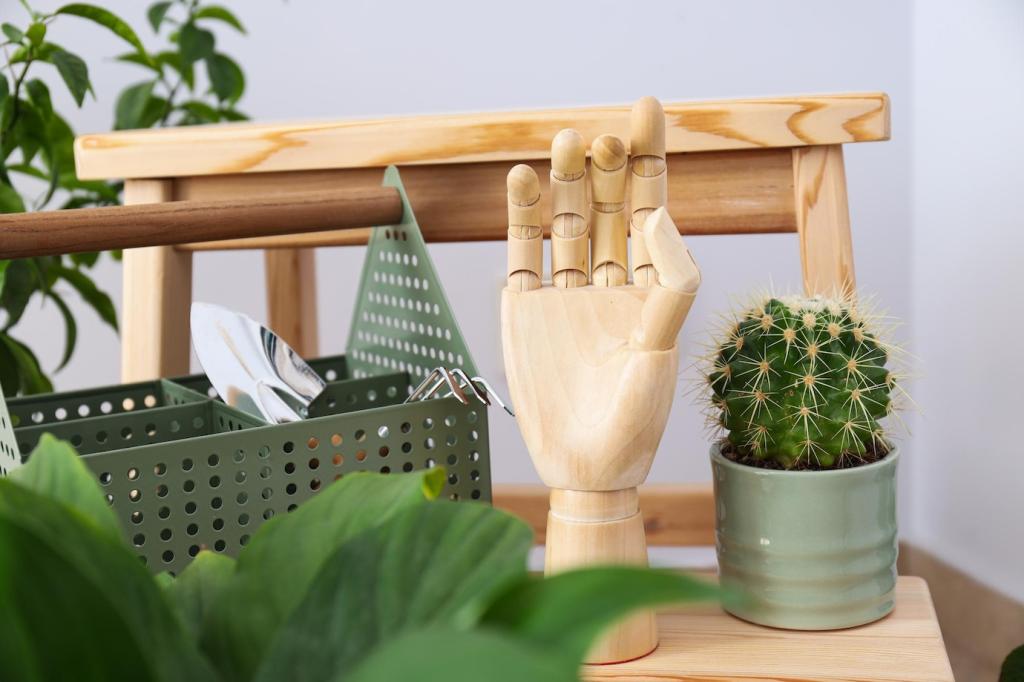
Take photos at identical times daily and jot notes about mood and function. A tiny journal reveals patterns quickly, helping refine accents and finishes. Share your before-and-after with us to inspire other minimalist small-space explorers.
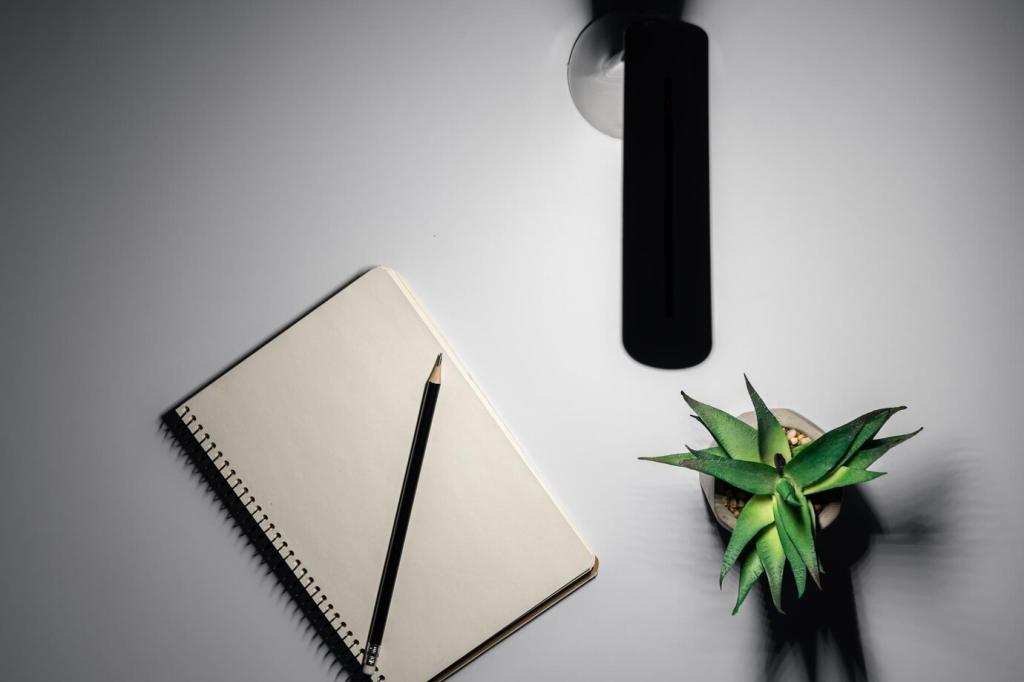
Comment with your favorite two-color combos, ask for feedback on undertones, and subscribe for weekly palettes tailored to small minimalist rooms. Your questions shape future posts, and your experiments help the whole community grow bravely minimal.
